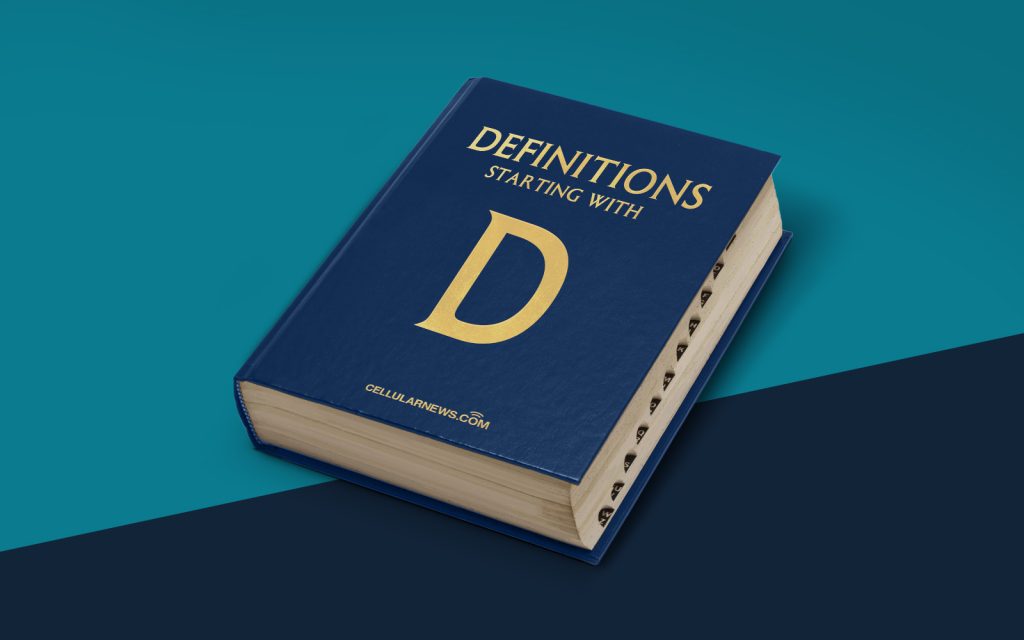
Welcome to the World of Drum Printers
Imagine a time before inkjet printers, before laser printers, and even before dot matrix printers. In this uncharted territory of printing technology, there stood a mighty machine known as the Drum Printer. Curious to learn more about this fascinating piece of history? Well, you’re in luck! In this article, we’ll take a deep dive into the world of drum printers and explore their features, functionality, and significance.
Key Takeaways:
- Drum printers were early line printers that used a rotating drum with characters embossed on its surface.
- These printers were widely used in the 1960s and 1970s in mainframe computer systems.
The Basics of Drum Printers
A drum printer is a type of line printer that was widely used in the early days of computing. Invented in the mid-20th century, these mechanical beasts played a crucial role in printing documents, reports, and data generated by mainframe computer systems. Unlike modern printers, a drum printer does not use ink or toner cartridges to transfer images onto paper. Instead, it utilizes a rotating drum with characters embossed on its surface.
So, how does a drum printer actually work? Let’s break it down into simple steps:
- Character Set: Drum printers have a fixed set of characters embossed on the drum’s surface. This character set typically includes uppercase letters, numbers, and a limited set of special characters.
- Paper Feeding: The continuous paper is fed through the printer using a tractor feed mechanism. The paper is guided between the rotating drum and a ribbon, which contains ink to create the desired characters on the paper.
- Rotation and Impact: As the paper advances, the drum rotates at a high speed. When a character on the drum aligns with the desired print position, a series of hammers strike the paper against the ribbon, causing the character to be transferred onto the paper.
- Line-by-Line Printing: As the paper moves forward, the drum continues to rotate, producing each line of text character by character. This process repeats for each line until the entire document is printed.
While drum printers were reliable and efficient for their time, they had a number of limitations. The printing speed was relatively slow compared to modern printers, typically averaging around 600 lines per minute. Additionally, drum printers were quite noisy and produced noticeable vibrations during printing. Despite these drawbacks, drum printers played a crucial role in the early days of computer technology and contributed to the advancement of data output capabilities.
In conclusion, drum printers were a remarkable piece of technology that paved the way for modern printers. Although they may have faded into obscurity, their impact on the development of printing technology should not be underestimated. Now that you have a better understanding of what a drum printer is, take a moment to appreciate the advancement of printing technology and how far we’ve come since those early days.
